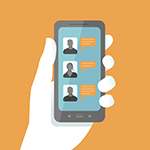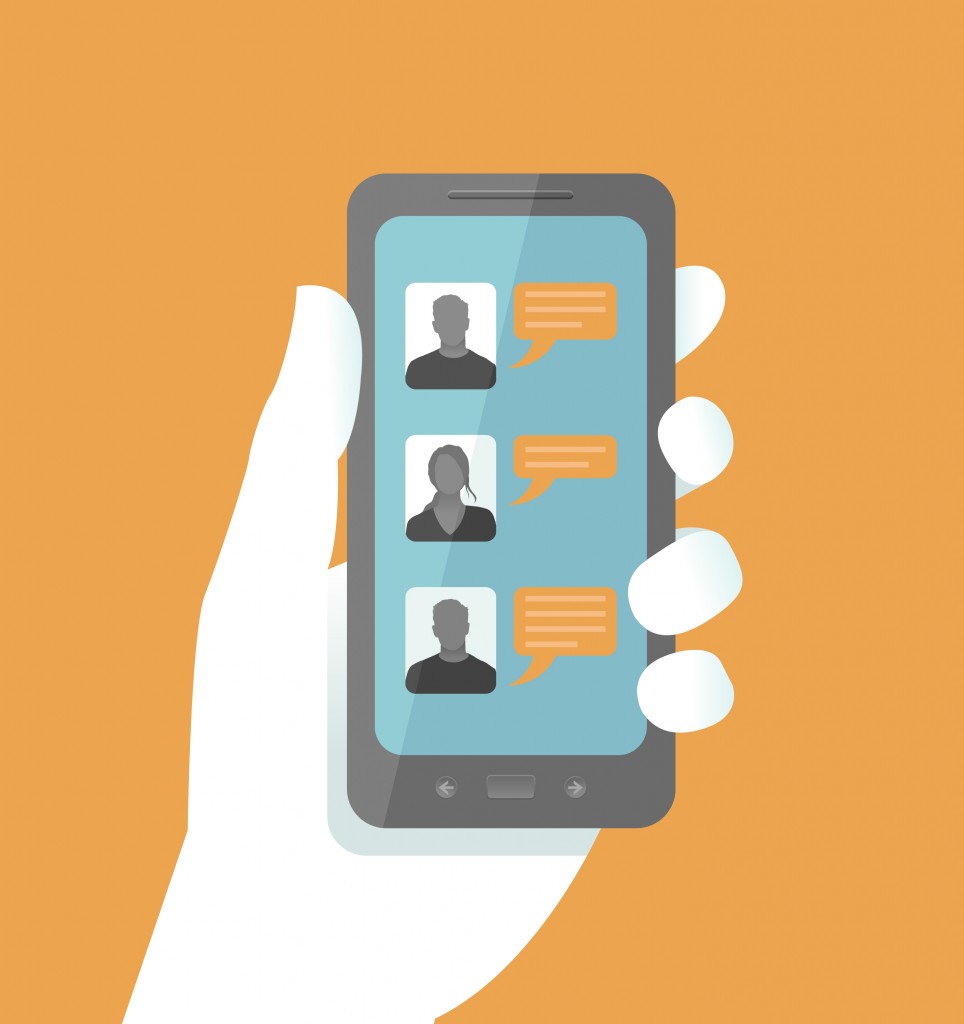For anyone who may be skeptical of our government’s data interpretation prowess, a few recent reports illustrate the degree to which our society has already moved into a mobile, online state of being.
The first report, released in May 2013 from the U.S. Census, introduces a metric called the “connectivity continuum” that illustrates the increasing role of personal computing and communications technology in all our lives. You can read a PDF of this report by clicking here. Just as past generations discovered that one television was simply not enough, just over one-quarter of all Americans now connect to the Internet via multiple devices and multiple locations. This latest study documents the frequency and diversity of Internet connections Americans are making. While there remain differences in Internet use across ethnic and economic groups, those gaps are narrowing. Just 16% of Americans—one in six—don’t have any connection.
The National Center for Health Statistics provides additional insight into the connectivity continuum on the topic of American households converting from wired to wireless communications. In its National Health Interview Survey Report (PDF), the Center tells us that over one-third of U.S. adults and nearly half of all children live in households with wireless-only telephone service.
Anyone who knows a member of the millennial generation witnesses that this generation is all about wireless. The National Center study shows over six in ten 25- to 29-year-olds are wireless-only. Other groups that are skewed more to wireless include renters, Hispanics and adults living in poverty—characteristics that certainly have some intercorrelations but each having its own distinct and understandable explanation, among them the relative cost and mobility of wireless and land line use.
The National Center peels back another nuance in wireless use, identifying a very sizable “wireless-mostly” portion of the population that shows how rapidly wireless is overtaking land line use. This has implications for the research industry. For example, for our telephone surveys, Artemis Strategy Group includes a portion of wireless-only users in order to accurately represent the population.
Smartphones are a big part of this change. The rapidly growing use of smartphones by all sectors of our society has opened up exciting new opportunities to meet needs of special populations. The Census report tells us that nearly half of “individuals 15 and older” report using a smartphone. Not surprisingly, the vast majority of adults in their 20s already report they do many of their banking transactions by phone. Going beyond that, exciting new tools are being developed that are aimed at helping lower income people use their smartphones to organize their finances and to save, areas of deep need. Read more about this in our blog post Common Interests: Financial Capability.
Pew Research (Mobile Health) gives an illustration of how much impact smartphones are having in the health sector in the report linked here, reporting that over half of smartphone users search for health related information on their mobile devices. The extent to which Internet access generally and smartphone use specifically have penetrated well beyond early adopters and the more privileged parts of our society makes these elements of technology major forces in addressing some of the most important life needs of our whole population.




